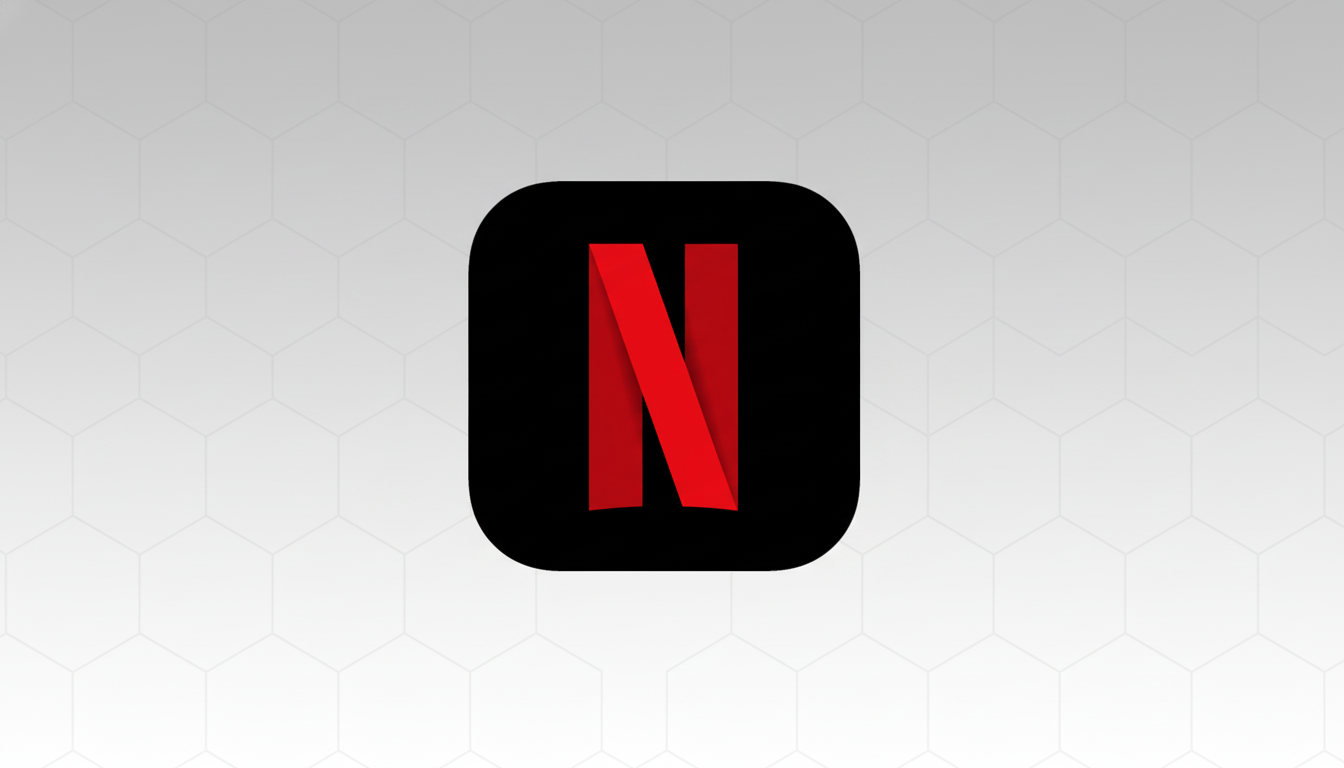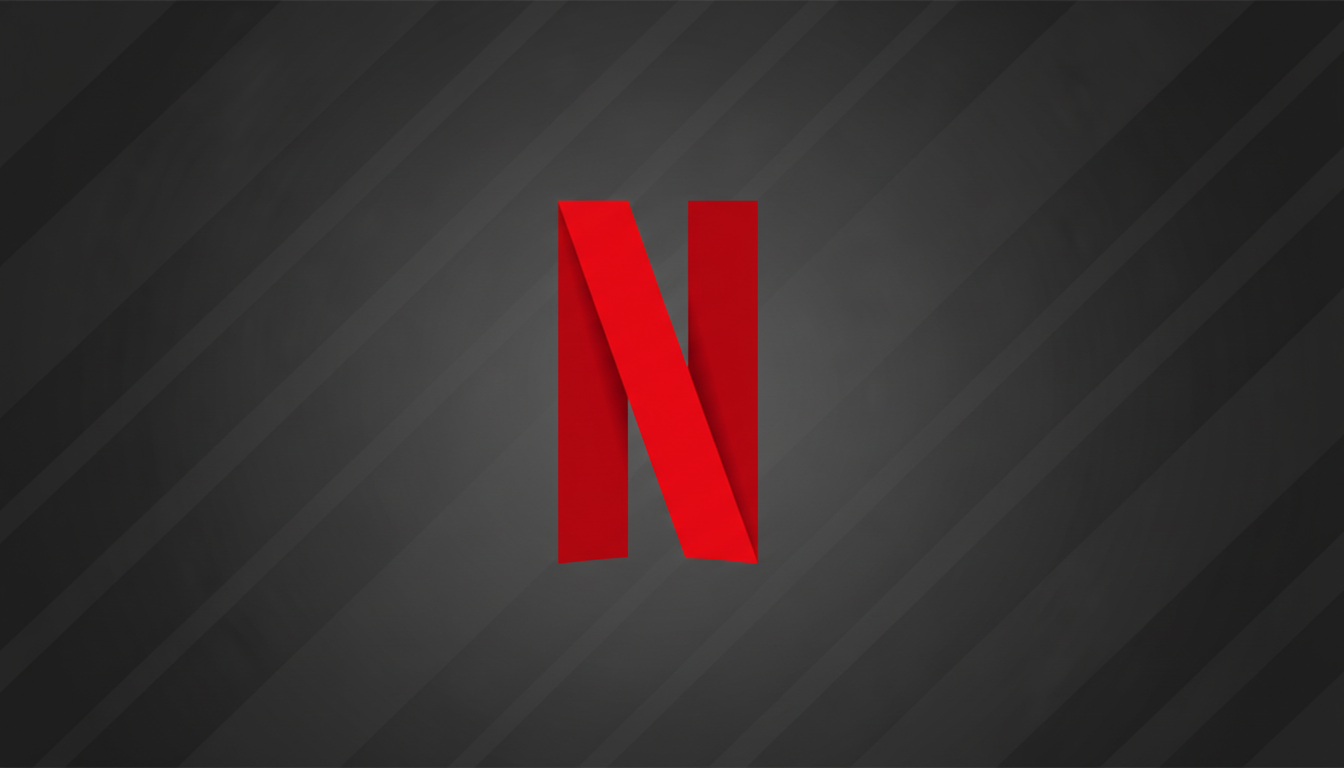Netflix is lining up another wave of vertical video tests on mobile, but the streamer is adamant it’s not trying to turn into a TikTok clone. The company says the feature is designed to help members quickly sample content and jump into full shows, films, and even games in a vertically oriented experience that doesn’t require opening any titles — “magically feeding you more of what you like with every blip on the radar,” said Elizabeth Stone, chief technology officer for Netflix. She said the company would be expanding trials of such a product, positioning it as an experiment built for discovery across Netflix’s broad catalog rather than a play toward building another social network.
The test, which pulls in swipeable clips from Netflix originals, is intended to capture those “snackable” moments when viewers are in the mood for something quick without leaving behind the long-form experience that defines watching on the platform. The focus, Stone said, is basically meeting mobile behavior halfway and ensuring Netflix’s core value proposition remains in tow.

Why Is Netflix Doubling Down on Vertical Video?
Short, vertical video is the native language of the phone screen. Reports from Data.ai and others have chronicled the blasting out of swipeable feeds in mobile time spent as TikTok, Instagram Reels, and YouTube Shorts all rose up. Netflix’s gamble is that, again using the same language as before, rather than shoveling open-ended user uploads into a website, the same can be used to usher viewers into its premium shows and films more quickly.
Netflix has entered this territory already with features like Fast Laughs and trailers tailored for vertical viewing. “So taking that and then applying it to a personalized feed feels like a natural evolution,” she added. Members have “quicker access” to samples of the content, and Netflix has another signal for what you’re interested in, increasing its ability to convert your ephemeral interest into an episode start or you clicking on a movie.
Clipping Tools Toward a Discovery Flywheel
Another piece is Moments, a clipping tool in the Netflix app that allows members to capture and share favorite scenes. Stone says Netflix will continue testing how clips are composed and circulated, suggesting a model where short snippets—be they from users or editorial teams—can flow back into the vertical feed as prompts to watch the full title.
Do it right, the theory goes, and that’s a feedback loop: fans surface the most compelling beats (be they about talking cats or breaking chefdom), Netflix curates them for quality and rights, and the feed turns those individual micro-moments into macro-viewing. Anticipate a mix of clip types in operation, including behind-the-scenes bites and character spotlights to highlights from Netflix Games — formats that tantalize without overtaking the main feature.
Not a TikTok Competitor, by Design, Says Netflix
Stone’s point was clear: Netflix is not pursuing an infinite-scroll social graph or an open creator marketplace. The idea is to guide you on what to watch next on Netflix, not drop you into a clip vortex. That position speaks to the company’s incentives. And while social video platforms are designed for maximal short-form watch time, Netflix’s success is still predicated on viewer engagement with long-form stories.

It’s also a brand-safety and curation play. By tethering the feed to Netflix’s own IP or licensed content IP, it gives the company some control of experience and quality while maintaining the cinematic feel of its platform. Industry watchers will observe the distinction with YouTube Shorts or Reels, where user-generated supply fuels scale but at the cost of moderation and monetization challenges that Netflix is in no hurry to take on.
Podcasts and Cross-Platform Tests Take Shape at Netflix
Vertical video will not only be used for TV and film. After striking a distribution deal with Spotify, Stone said Netflix will utilize new canvases, like vertical feeds, through which to market and showcase podcasts. Some podcast shows will be co-exclusive on Netflix and Spotify, with an experience tailored for mobile devices and TVs.
That opens the door to hybrid formats like video-first podcast highlights, character-driven recaps, or companion shows that can stretch a piece of IP’s lifespan in between seasons. (And it allows Netflix to gather more touchpoints for taste signals that influence recommendations across genres and formats.)
What It Means for Members and Brands on Netflix
The payoff, for viewers, is speed: less time hunting, more time watching. A tight vertical reel of curated moments can condense the decision funnel from minutes to seconds, particularly during commutes and break times when intent is high but attention is short.
The feed is a new storefront for creators and marketers. “It’s a nice way to feature the scenes that work in social settings without exporting people off-platform.” And for advertisers, it telegraphs down-the-line availability on Netflix’s ad-supported plan, which the company has said is now seen by tens of millions of monthly users. Short clips lend themselves naturally to brand-safe, high-impact sponsorships that tee up full-length viewing.
The game plan is simple: Leverage the grammar of vertical video to suit Netflix’s ecosystem, not to mimic a social feed. If the experiments work, the vertical rail could transform into the front door to the Netflix experience on mobile — an on-ramp to long-form stories rather than a destination in its own right.

